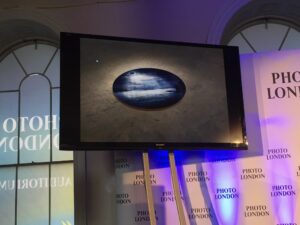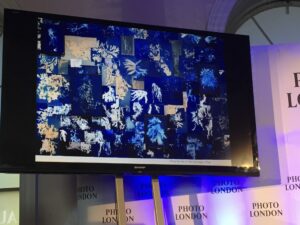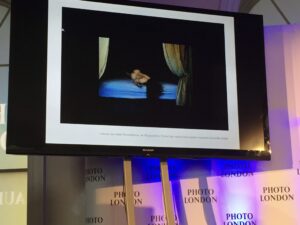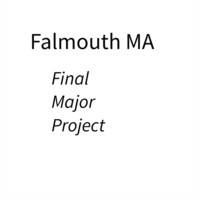I decided to attend this talk based on the a 121 tutorial with Wendy McMurdo where she recommended I look at thew work of Esther Teichmann who is running a workshop at the Photographers Gallery on the 2nd June 2018. When I saw Teichmann was part of the talk series for PhotoLondon I decided to attend to get a deeper appreciation of her work ahead of the Photographer’s Gallery event. The Talk was a conversation between Teichmann and Campany.
Esther Teichmann works across still and moving image as well as sculpture and painting. She is head of Programme for the MRes and Coordinator for Critical and Historical Studies at the Royal College of Art.
David Campany is a writer, curator and artist, working mainly in photography, as well as teaching at the University of Westminster.
Campany provided an introduction to the talk talking about how art takes many different forms painting, music, writing and drawing. The introduction of Modernism created art into a series of distinct forms and in this period was where photography entered the cannon of art forms. Though today many photographers are working across different medium with Installation being considered as a medium of expression.
Teichmann’s work is an example of a practitioner who moves across these different forms and she states to share some of her work with the audience. There are still images captured both in the studio and on location. They help to create an environment and by bringing pieces together another space is created.

There are video pieces as well that include include a spoken piece. That has a very cinematic style. The whole piece is very haunting and reminds Teichmann of family holidays in a round tent with a thunderstorm going on outside. The piece links back to Teichmanns childhood in the Rhine Valley in Germany which she describes as having its own microclimate the green foliage due to the river, thunderstorms and the lighting adding theatre to the environment. Teichmann has used backdrops to create theatrical sets in the studio. Painting over photographic images.
She maintains a sketchbook of ideas and concepts evolve through discussions with other artists that result in collaborations.
Teichmann showed a set of cyanotype that had been combined together to create an overall installation piece.

She moves on to explore her relationship between her mother and siblings and the slip relationship that exists between them.

Having German and America parents she describes visits to America and the homesickness her mother has for East Coast America she calls home yet the America of her mother imagination does not exist. This resulted in the creation of a zine for the Transformer exhibition that contained images plus short stories.
Teichmann discussed how works can have different forms an image used as a backdrop has a different meaning compared to its use in the pages of a zine or as a projection.
When creating work for exhibitions Teichmann combines multiple pieces together for example multiple moving pieces plus music composed specifically to go with the images.
In Teichmann’s working process everything is part of her archive and could be used as part of future work.
David Campany asks Teichmann if this an issue of not being able to let go? Teichmann responds it is not about letting go instead it that things are never finished. She expands to say that today artists are encouraged to thing in series and bodies of work which are artificial constraints. Teichmann counters that things merge together, their meaning requires context and pieces work in dialogue with each other. Iterations allow the work to take on different forms. (Reflection: This is another reference I feel to the slip shift of relationships between people and their contexts.)
Teichmanns work use multiple media though she explains that photography is at the core of her work. Campany responds to say that photograph he feels belongs where you put it. It is in fact a chameleon taking on different forms depending on the environment. Teichmann observed we are repeating the past with shifts that mean it is never exactly the same which is a reference to Freud and the idea that the subconscious has no concept of time it is a stream of thoughts.
Campany asks about the book that is currently in construction. Teichmann responds that the book is very different from her installations and until now she has resisted creating a book even though she has created zines as a way of discriminating her work. Campany challenges Teichmann is the reason creating a book more difficult than an installations because a book is finite while installations are transitory in nature. Teichmann is stumped. Teichmann eventually responds that exhibition allow you to take risks.
The conversation concludes with a brief discussion about Teichmann’s academic role and she comments that it is privilege to share and teach students. In the end art is non-hierarchical where one answer is not more correct that another.
The talk concludes.
Reflection
My own reflections on the talk are outlined below:
Teichmann repeatedly explores the same themes of relationship, shifting of time, narratives drawn from he own childhood experiences. Her practice is not restricted by a single strategy of representation or surface for dissemination the work shows a clear understanding how to use each strategy and surface something that we covered in depth during the strategies and surfaces module. Though one feels that currently she has a preference for the installation and the sense of theatre that surrounds an installation.
Listening to the talk has made me reflect on my own plans for installation with the portfolio review by Jonas encouraging me to think about breaking up a traditional linear hang for my work to create a more dynamic installation. Teichmann’s installations go a stage further using large 3m x 4m prints and layer 1 or 2 smaller prints in front of the large print. My most recent installation plan makes use of two sizes of prints A2 and B2 Gallery Test Layout. Additionally as I look to explore the installation as an art form I am introducing other media into the gallery space that will talk to my theme of departure.


